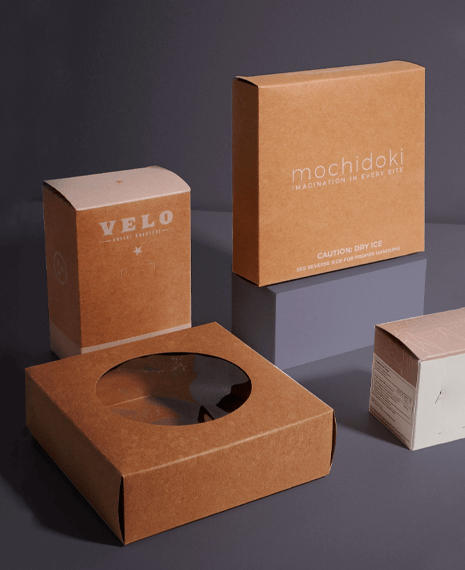It is not an unknown fact that food waste has become a problem on a large scale around the world. Big companies, such as Coca-Cola and Pepsi, have been at the forefront of these problems. They are not creating food waste, but they are creating plastic pollution. Before digging into deeper details, let's take a look at some numbers.
According to the Food and Agriculture Organization (FAO), numbers suggest that nearly 179 kilos (equivalent to 395 pounds) are being wasted each year by each European Union citizens. The gigantic amount comprises of usable food.
Keeping SDGs in Perspective
Out of the 17 Sustainable Development Goals (SDGs), a few can be taken into account, and we must act fast to eradicate food loss. It will automatically help us work towards eliminating Hunger, hence contributing to SDG 2, i.e., Zero Hunger. By renewing our commitments to this cause and galvanizing actions to demean food scarcity, we can help sustain a healthy and safe environment.
Furthermore, we can also achieve SDG 12, i.e., Responsible Consumption and Production. It not only focuses on the sustainability of food sources, but it also focuses on electronic waste, which is not recycled properly. We must bring inspiring changes to the cause and help each other maintain a driven change in the environment.
Consumer's Conundrum
Food waste is becoming a problem worldwide, and environmentalists have been looking for a viable solution for decades. Big names in the market, such as Target, are researching for years to create packaging to minimize waste. Plastic pollution creates a plethora of problems in the industry. Following is the basic analysis of the food waste in the major countries of the world.
It all comes down to the consumer's problem and how they perceive the information. One of the finest ways to tackle this growing problem is deriving packaging standards that allow you to float on top. By bringing eco-friendly packaging into play, we can pave the way for efficient packaging standards. It will not only solve many of our problems, but it will also eliminate substandard packaging.
We can bring some of the features in implementation if we start doing it right. For example, one of the solutions is to develop active coatings for food packaging. It should include bacteriophage organisms so that it increases the shelf life of food products.
Secondly, we can develop an efficient PGA production. This biodegradable material can cover all the horizons of food materials by not letting the water substance get the best of your food product. Proper tests should be conducted to test these products' shelf life after the implementation of these processes.
Final Words
All in all, it is fair to say that food packaging requires immaculate standards so that it keeps the contents safe. We need to work on new renewable food packaging sources to at least warrant the safety of food. We can implement the SDGs later as well. For now, we need to bring eco-friendly boxes into action.

